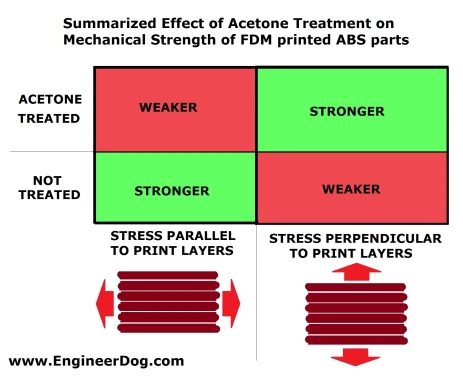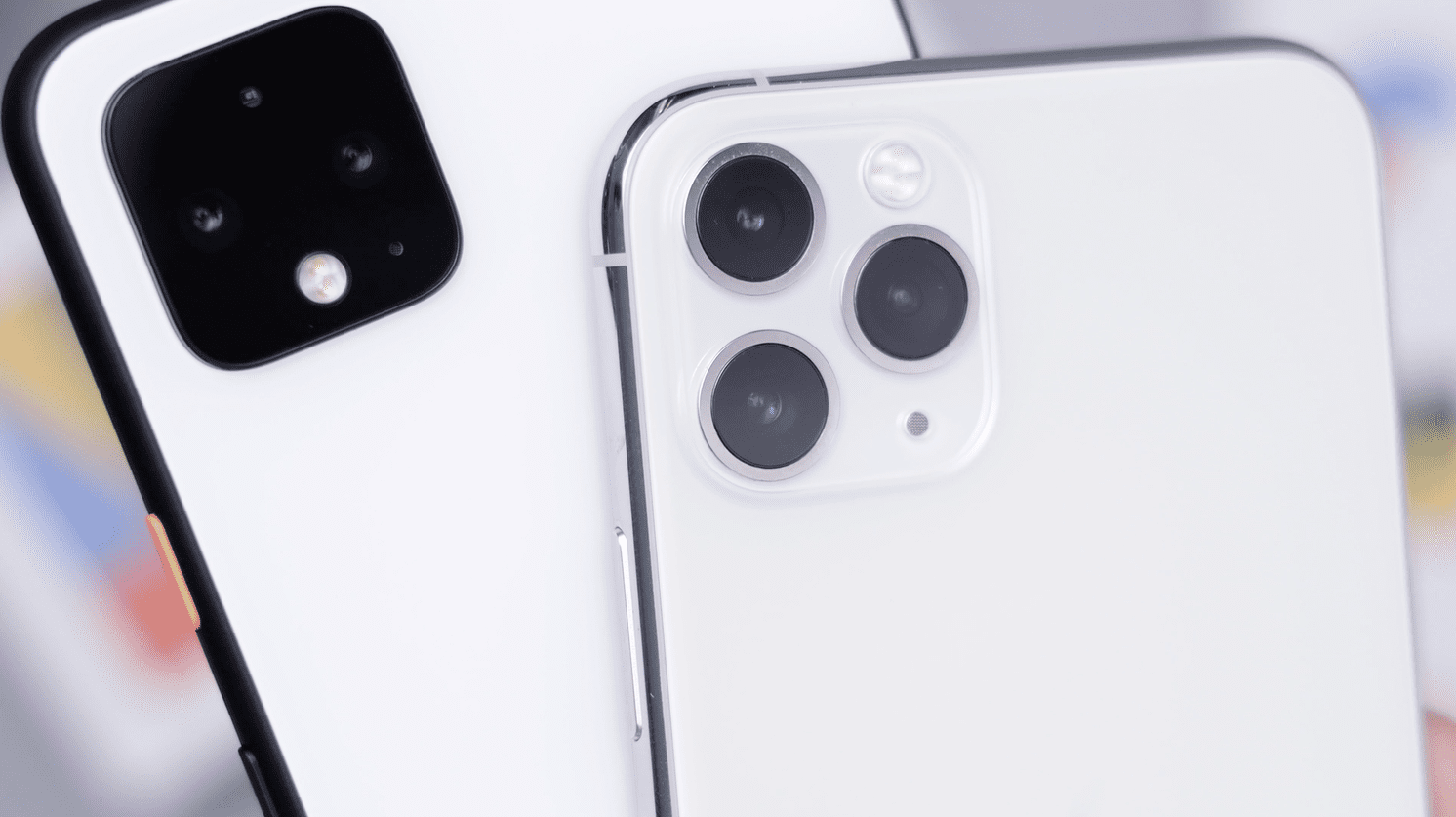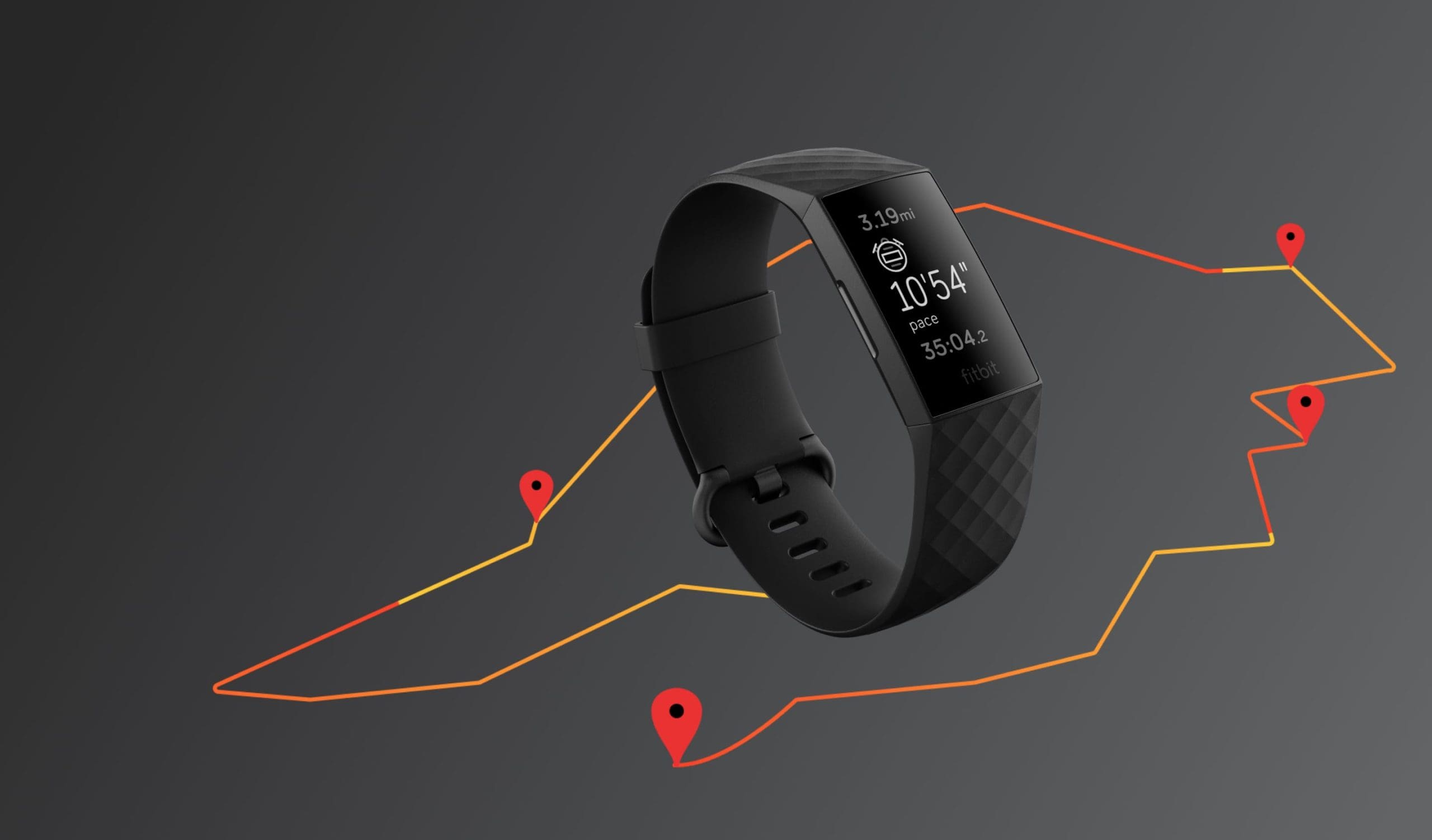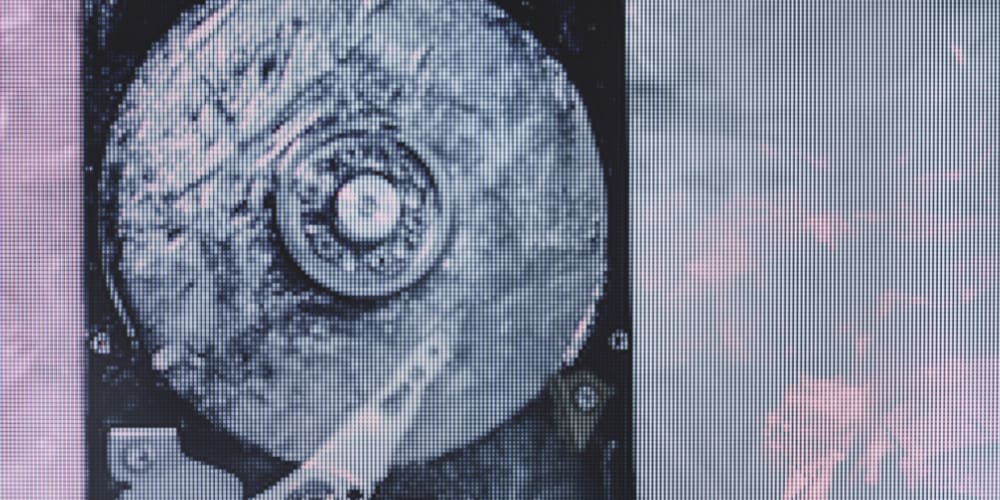One of the common methods of post-processing prints made with ABS is called Acetone Smoothing. Acetone smoothing is smoothing and eliminating layer lines by placing the print in an acetone mist. Nicely, doing so also leaves the print with a smooth and shiny surface.
Acetone dissolves ABS, so with reasonable care, you can let the mist start to dissolve the outermost layer of the print, smoothing out the layer lines before you remove the print. Of course, things can go wrong.
If you don’t leave the print in long enough, the layer lines will still be visible. Furthermore, if you leave it in too long, you can irreparably damage fine details or even the whole print.
Obviously, dissolving some of the material in a 3D print is going to change it somewhat. Especially for functional prints, one of the most important features that changes are the print’s strength. It’s well known that 3D prints are a lot stronger against forces trying to pull perpendicular to the layer lines of a print rather than parallel.
This is because perpendicular forces break each layer, while parallel forces are only trying to get layers to separate. The most extreme example would be a long stick. When printed vertically with a lot of small layers, it is straightforward to snap. If the same stick is printed horizontally, it is harder to break, as you have to snap the layers rather than break them apart.
Does Acetone Smoothing Affect the Strength of ABS?
It’s a common misconception that acetone smoothing outright increases the strength of ABS prints. This assumption is based on the fact that eliminating layer lines and having the resulting melted outer coating reharden reduces the stress concentrations of micro-cracks and layer lines. However, that isn’t the entire story. Practical research does actually confirm this to be the case.
Research performed by Michael Graham shows that acetone smoothing does indeed strengthen ABS parts by 31%. There’s a caveat though, this strength increase only applies perpendicular to the layer lines. Acetone-treated ABS prints are actually 9% weaker to forces parallel to the layer lines.

Acetone smoothing does indeed strengthen layer bonds by reducing stress points. It also weakens the material structure of the ABS, however, which is what causes the weakening to parallel forces. This knowledge can, however, help you take advantage of the directional strength increase. If you know that an ABS print will primarily face forces in a single axis, you can orient the print so that the layer lines are perpendicular to the expected forces.


